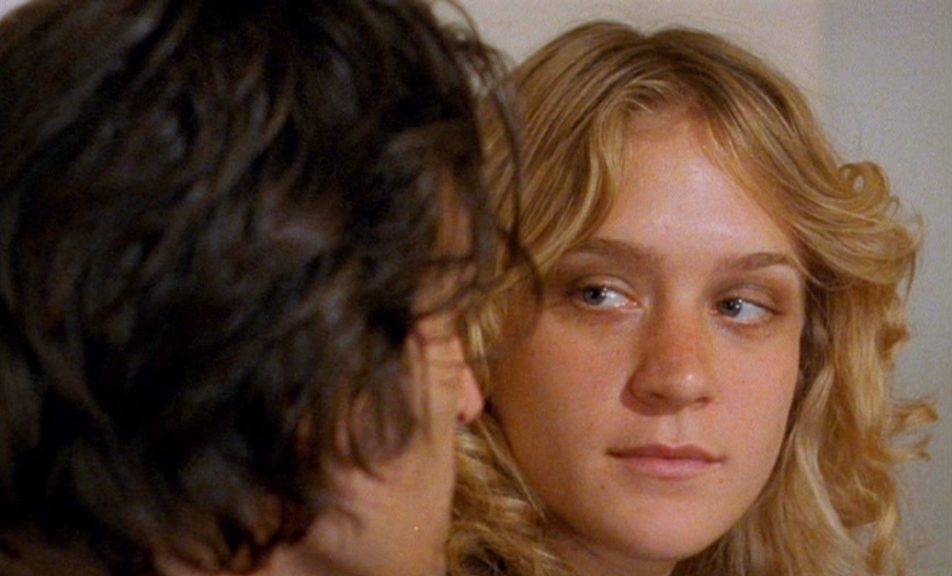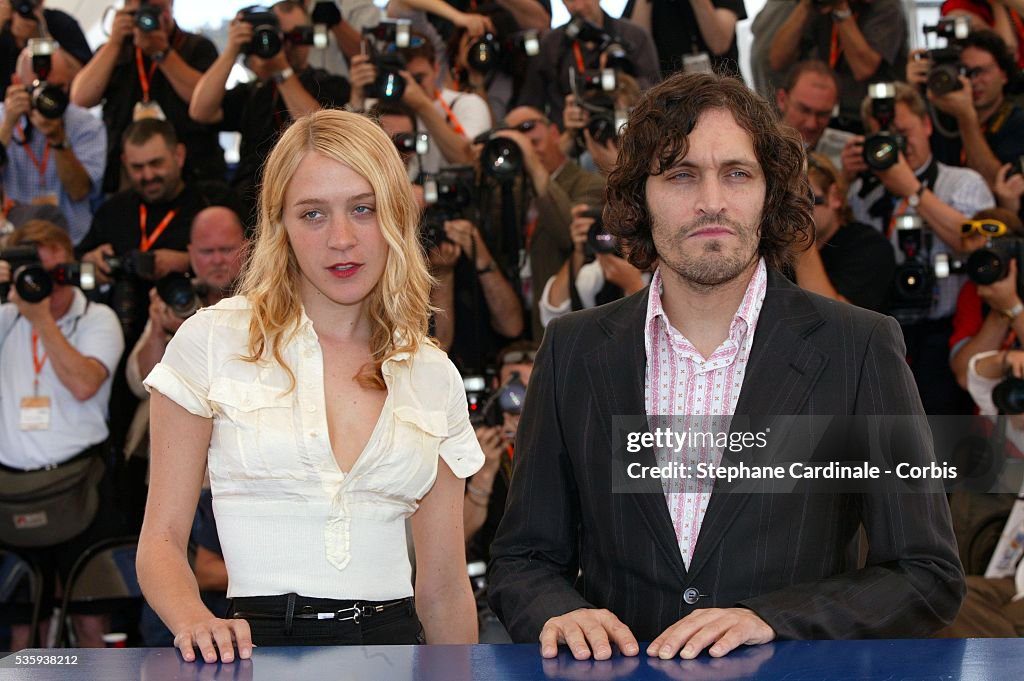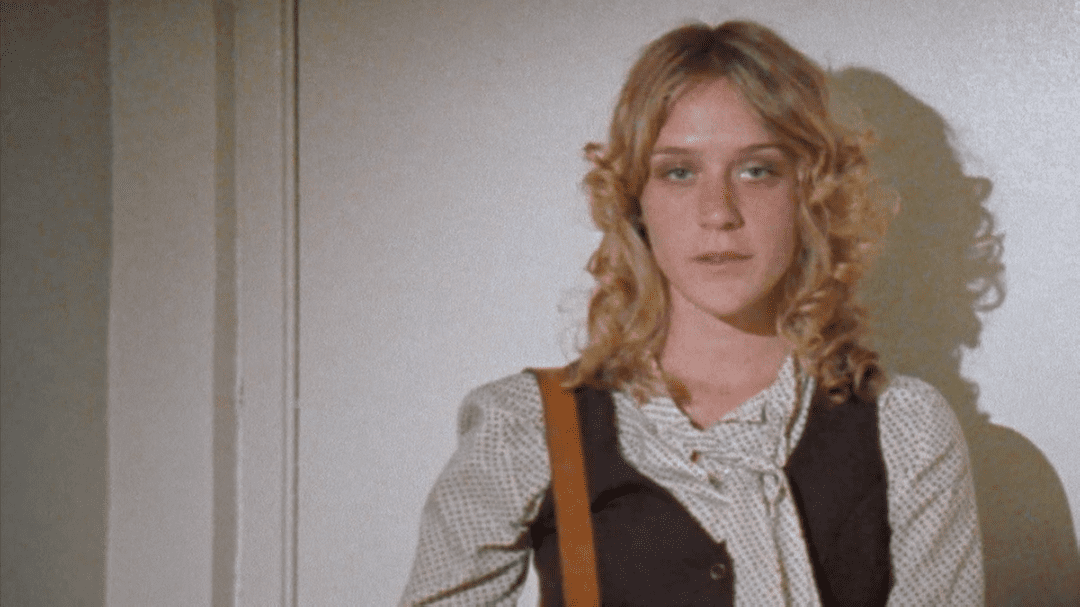The Brown Bunny (2003) is not just an independent film by Vincent Gallo but also one of the most controversial works of the early 21st century, especially following its premiere at the Cannes Film Festival. Gallo not only wrote the script but also directed, produced, and starred in the film. The movie quickly became a hot topic in the film industry due to its explicit content involving Gallo and actress Chloë Sevigny—a scene that was far from conventional or gratuitous.
Controversial Explicit Scene at Cannes
The Brown Bunny follows Bud Clay—a motorcycle racer—on his journey through the United States, heading to California after a race. Along the way, he encounters various women, but the one who lingers in his mind is Daisy, his former girlfriend. The film features slow pacing, minimalist visuals, and employs natural lighting with very little dialogue.

In the film’s lengthy runtime, the character Bud remains silent and contemplative until his final encounter with Daisy, which reveals the deep emotional scars of their past. This particular scene, which is explicit in nature, has become the focal point of significant debate in the careers of both lead actors.
At the 2003 Cannes Film Festival, The Brown Bunny received a negative reception after its first screening. In a long take, the character Daisy, portrayed by Chloë Sevigny, engages in an explicit scene with Bud, played by Gallo. This scene is notable for not being simulated, lacking digital effects, and being entirely authentic between the two actors, filmed candidly and retained in its original cut.
According to Variety, the fact that a male director not only wrote, directed, and starred in an explicit scene with a female co-star raised numerous questions about ethics and artistry, sparking waves of debate regarding the appropriateness of the scene in the context of film production. Many critics described it as “an act of creative license” (The Guardian, 2003), while others interpreted the scene as a poignant representation of vulnerability.

Roger Ebert, the late film critic for the Chicago Sun-Times, initially labeled The Brown Bunny as “the worst film in the history of Cannes,” describing it as “self-indulgent, pretentious, and bloated.” However, after Gallo edited and shortened the film, Ebert revisited it and rated it higher, calling it “a thoughtful meditation on loss.” Nevertheless, he still believed that the explicit scene was “unnecessary for a cinematic experience.”
The New York Times commented that the film “challenges the boundaries between art and reality,” while also questioning Gallo’s authenticity in retaining such an explicit scene on screen.
The Female Lead’s Career Impact
At the time of participating in The Brown Bunny, Chloë Sevigny was already an acclaimed actress following her success in Boys Don’t Cry (1999). However, her involvement in the explicit scene with Vincent Gallo significantly impacted her career.

In a 2003 interview with The Village Voice, Sevigny stated that she “had no regrets” and “felt entirely at ease performing the scene,” trusting Gallo’s vision and direction. However, in the aftermath, the actress admitted that she lost many opportunities and was often typecast as a “controversial actress” for an extended period.
Entertainment Weekly noted: “A scene in the film has shattered the independent film landscape that Sevigny built, causing major studios to shy away for many years.” Even though she later participated in various artistic works and television productions, the mark of The Brown Bunny always lingers as an indelible part of her career.
Debate on Power Dynamics and Artistic Boundaries
Numerous articles and discussions in film studies use The Brown Bunny as a case study in the debate over power dynamics between directors and actors during film production. The critical question raised is: When does artistic expression cross the line into discomfort for the actor? When a male director also serves as the primary writer and is involved in an explicit scene with a female lead, is there fairness and ethical clarity in the production process?

The organization Women in Film gained prominence after the film, asserting that it is “an important issue that requires reassessment regarding the safety and rights of female actors in independent film environments.”
Twenty years later, The Brown Bunny remains a pivotal example in discussions about “true explicit cinema” in film studies. Some researchers include the film on lists of works that “challenge the boundaries between reality and fiction” (Film Quarterly, 2018). Meanwhile, many still view it as a provocative work meant to create discussion, lacking clear artistic merit.
According to The Independent, despite its controversial reception, the film is still taught in film classes as an example of minimalist storytelling, the use of natural lighting, and the blurred lines of artistic expression in emotionally charged imagery.





















